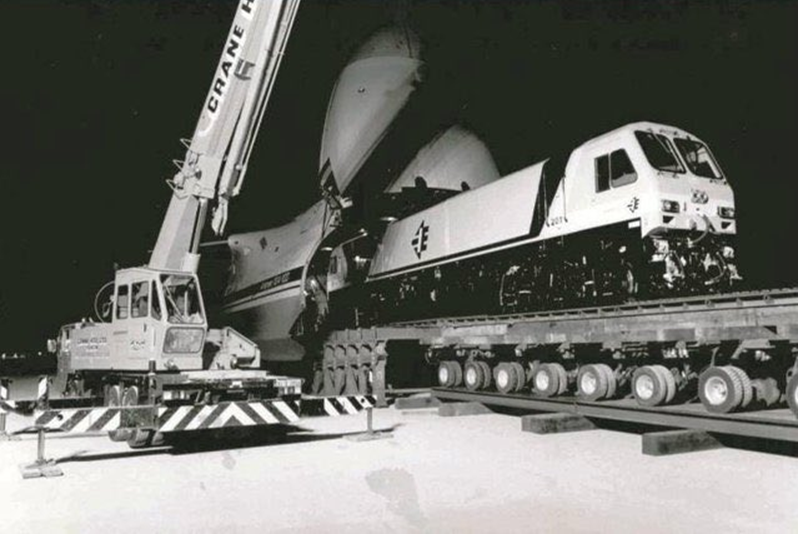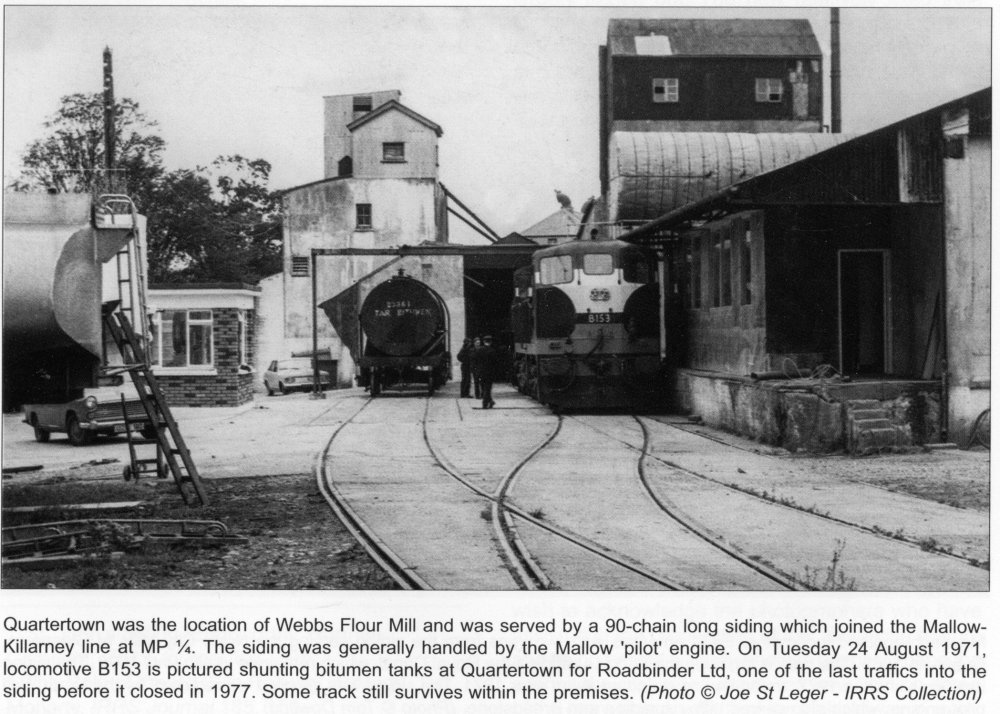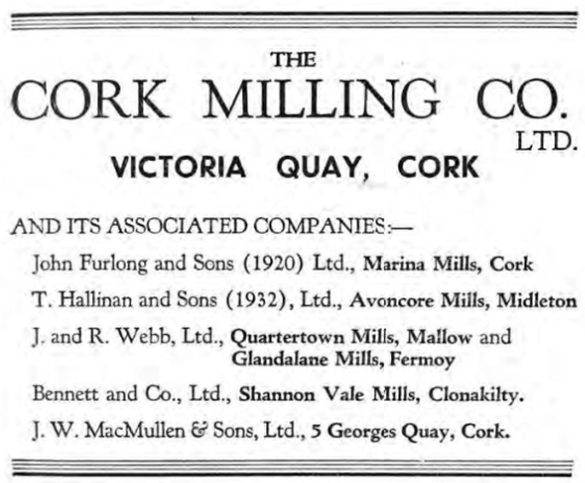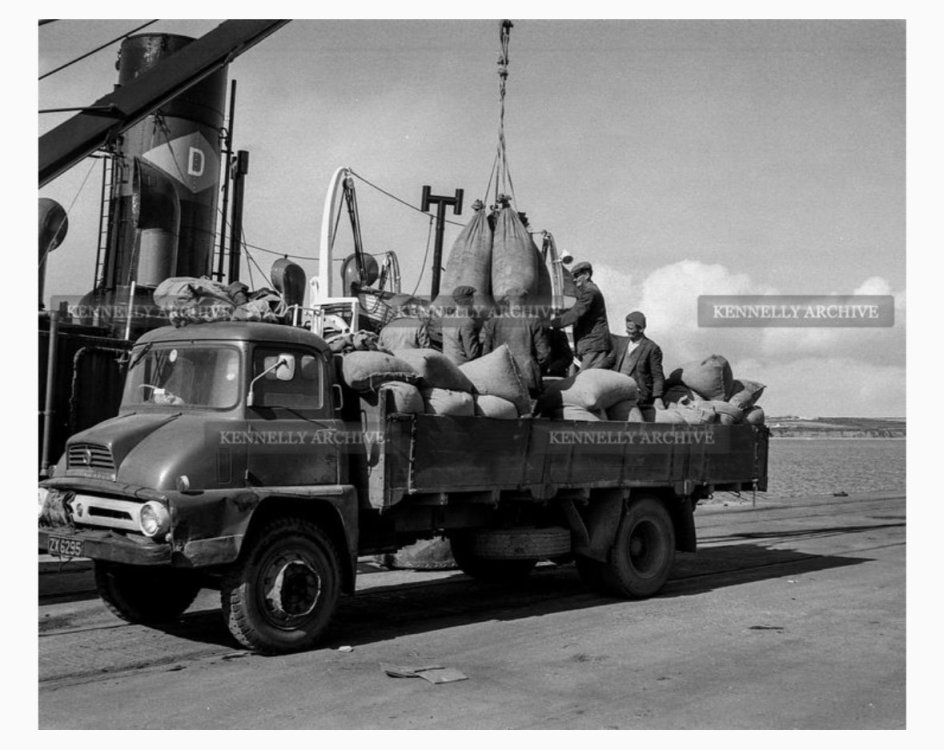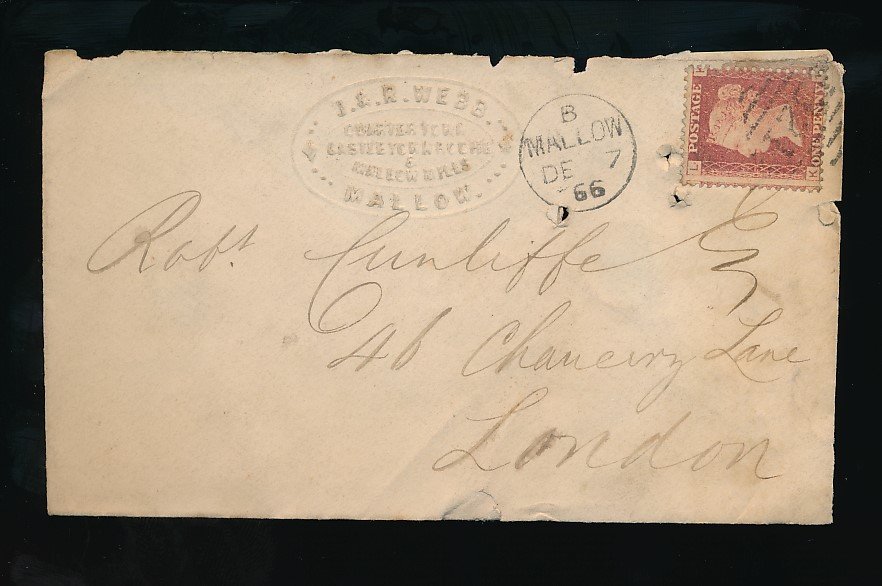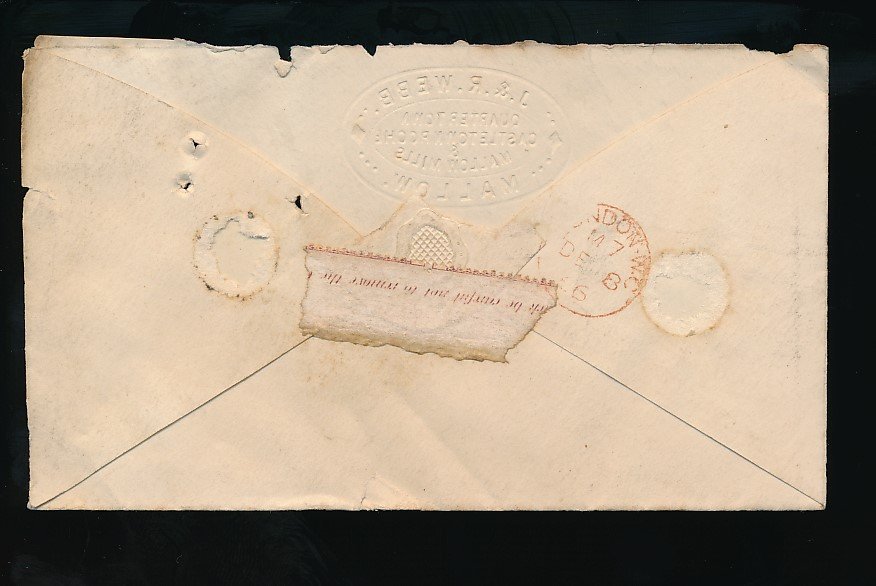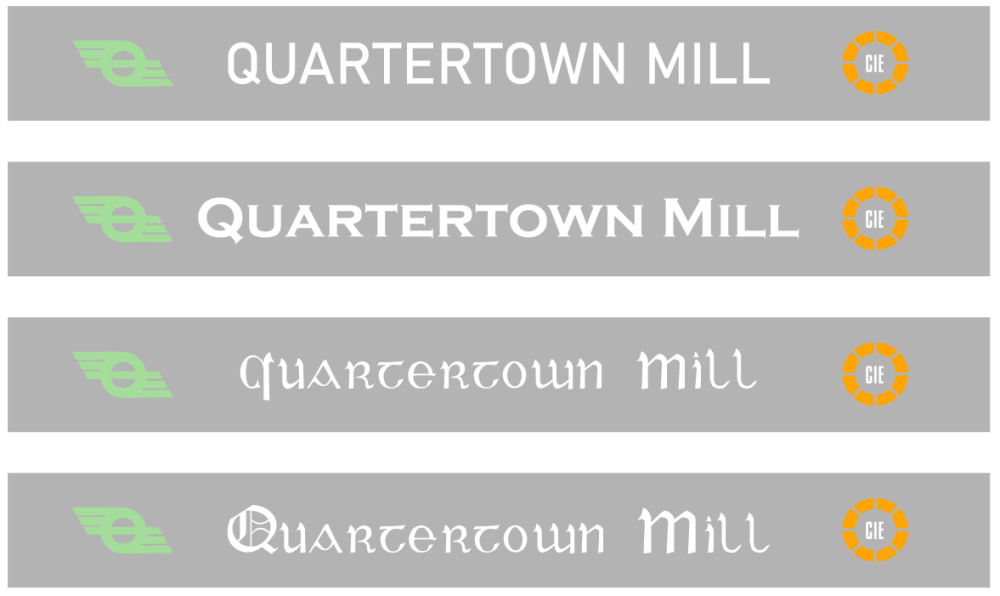
Mol_PMB
Members-
Posts
2,231 -
Joined
-
Last visited
-
Days Won
118
Content Type
Profiles
Forums
Events
Gallery
Blogs
Store
Community Map
Everything posted by Mol_PMB
-
Very nice! I very occasionally see kites overhead, buzzards and kestrels are more common in the skies here in Manchester, and we have a local pair of falcons that I have watched catching pigeons around the M60 Barton viaduct. In the garden I have very good numbers of small birds visiting (tits, finches, sparrows etc) and consequently sparrowhawks also visit my garden. They usually perch on the outbuildings or fences but one hid in the apple tree. We also have parrots nesting locally. They’ll be at it again soon, they breed very early in the year.
-
Exciting times…
-
Dear IRM, I realise that I haven’t been a very good boy this year so I’m unlikely to get a Christmas present. I’m sorry and will try to do better next year. Is there any chance I might see the Park Royals in time for my birthday? Kind Regards, Paul, age 49 3/4 P.S. if you could announce a C class model that would also be very welcome.
-
Indeed, I was wondering the same. I have a Hunslet and several Park Royals on order (and paid for already) but haven't ordered the others. Hoping for some definitive news soon. Over on RMweb people are reporting announcements of Electrostar dispatch already, so maybe something has gone awry in the announcement system?
-
Excellent news! Hopefully this will clear the decks for another IRM project to suit those of us stuck in the 1960s and 1970s.
-
Another tip for square open-topped water tanks - they usually had internal bracing to resist the water pressure pushing the sides outwards. Although not Irish, this webpage shows some typical examples: NSW Railways Infrastructure and Operations: What’s on the inside (of those water tanks) Tricky to model, and you can get away without it by either modelling the tank brim-full (which it normally would be except when a loco has visited recently), or by roofing the tank (which was sometimes done to prevent leaves accumulating inside).
- 36 replies
-
- 1
-

-
- o gauge layout
- irish outline
- (and 2 more)
-
How is the distinctive shape of the tank itself made? Presumably that isn't laser-cut? For the stonework, you could enhance the appearance by dabbing Matte Medium onto some of the stones. That would better represent the rougher stone typical of these water towers. It doesn't take long and doesn't require any finesse - just blob it on and leave to dry, then paint over it. I did that on my laser-cut mill building.
- 36 replies
-
- 2
-

-
- o gauge layout
- irish outline
- (and 2 more)
-
Boskonay indicated that they're coming on a plane. I wonder if production volumes demand a big one...
-
That's looking superb. The guest house is an attractive building and a nice kit by the look of it. The night scenes are very atmospheric - I'm not currently planning night-time and lighting on my layout but perhaps I should make provision for it..
-
"Voiding the Warranty" - Mol's experiments in 21mm gauge
Mol_PMB replied to Mol_PMB's topic in Irish Models
I have taken advice and bought some lighting. For simplicity I bought a complete kit as follows, for £40: https://www.ledspace.co.uk/products/led-strip-pack-for-on-off-wall-switch-natural-white-3m?keyword=LED Strip Pack for On%2FOff Wall Switch%3A Natural White 3m × 1 They had a choice of 4 shades of white; Natural White was stated to be between warm and cool, so it seemed a good choice and I'm happy with it. Ordered at the weekend, it arrived this morning and I have installed it since finishing work this afternoon. It was very simple to fit and worked perfectly. I have used two strips each 1.2m long stuck to the angled inside face of the pelmet. For security I fixed the end fittings with large cable clips screwed in place. I left space for a third strip in the middle but it's not needed - two strips is plenty bright enough. The sky doesn't look too dark any more! I have about 600mm of strip and 3 connectors left over, so I could use that to illuminate the fiddle yard or traverser as well. I'll think about the best usage. -
Me too.
-
"Voiding the Warranty" - Mol's experiments in 21mm gauge
Mol_PMB replied to Mol_PMB's topic in Irish Models
Many thanks John. I couldn't find the photo at Fermoy on NLI - any chance you could send a link? Quartertown also had two closely-spaced loading pipes, presumably to suit the two hatches on the roof of the vans - they are visible above and to the right of the bitumen tanker here and I will model these: There are some detail views of grain handling arrangements at a small Scottish silo here: https://www.rmweb.co.uk/topic/190388-br-20-ton-bulk-grain-wagons/#findComment-6001952 https://www.rmweb.co.uk/topic/190388-br-20-ton-bulk-grain-wagons/page/2/#findComment-6002589 They look similar to the grilles at Ranks Clara but arranged for rail wagons. Under the canopy at Quartertown they'll be invisible on the model from all plausible viewing angles, but I will probably represent them somehow to satisfy myself. -
"Voiding the Warranty" - Mol's experiments in 21mm gauge
Mol_PMB replied to Mol_PMB's topic in Irish Models
Searching the online Cork archives some more I came across this in an article on placenames in the Mallow Field Club Journal No 06 - 1988: Names like Quartertown, Gneeves, Lavally and Laharn appear to have originated from the application of the old Brehon-Law administration. Quartertown: A direct translation of the Gaelic ceathrú, i.e. a land measure, usually a fourth part or a quarter of a ploughland. It would be sufficient to feed 75 cows, under the ancient land assessment. So it's definitely an ancient name and you all got it right! Also, from Mallow Field Club Journal No. 01 - 1983, a reference noting that the branch opened in 1853, not 1864 as I had read elsewhere. If so, it was constructed at the same time as the Mallow-Killarney line which it branched from. This is part of a lengthy and detailed article about the history of the railways in and around Mallow: Mallow Field Club Journal No. 01 - 1983. - Cork Past & Present KILLARNEY BRANCH The Killarney junction Railway, in which the GS and WR, had invested, was sanctioned as early as the 16th of July, 1846, in anticipation of the main lines reaching Mallow. The route of the railway was to branch off near Two-Pot House and travel westwards on the northern bank of the Blackwater. This was amended on 24th. July, 1851, to state that the junction would now commence on the southern bank of the Blackwater adjacent to the Viaduct. William Dargan received the contract for building the Killarney Junction Railway for a sum of £375,000. Regular services between Mallow and a temporary Terminus at Freemount (28 miles) began on the 25th May, 1853, and on 15th July, the 41 miles from Mallow to Killarney were opened. The Tralee and Killarney Railway, sanctioned in 1853, was opened on 18th. July, 1859. By the 1880’s, there were usually five trains between Mallow and Tralee on weekdays and on Sundays. 1st. and 2nd. Class passangers could leave Dublin at 10.00 a,m. and be in Killarney at 6.00 p.m. 3rd. Class passangers arrived at the same time but they had to take the Parliamentary train which left at 7.00 a.m. A quarter of a mile from the junction with the main Dublin-Cork line, a siding was built into Webbs Mills at Quarter Town. An advertisement for the Mills in the Cork Examiner of 27th. May, 1853. two days after the opening of the line, states that, “Prime Flour, Indian meal and clean bran would be delivered in Cork, Limerick and all the stations on the GS and WR on moderate terms for cash.” [...] Early on the morning of 8th February, 1864, the 2.30 a.m. - the Mallow-Killarney night goods, consisting of fifteen wagons and two brake vans, was diverted onto the siding running to Webbs Mills. On this siding, the train came up against the wall of a corn store. The guard on the train suffered severe injuries. Photographs taken at the site of the incident are the earliest surviving pictorial record of an Irish railway accident or indeed of a steam engine on Irish soil. The siding to Webbs Mills was “spiked” (closed) on Sunday, 10th. October, 1976. And finally some printed advertisements: -
"Voiding the Warranty" - Mol's experiments in 21mm gauge
Mol_PMB replied to Mol_PMB's topic in Irish Models
Many thanks John, lots of good thoughts and info there. The Mallow Field Club article quoted an older report which listed many products milled at Quartertown, various flours for humans but also meals and feeds for animals. So your suggestion is very plausible. I think at Quartertown the bulk grain wagons were handled under the enclosed canopy in front of the old mill building (left hand end of my layout) where the more modern silo building was adjacent. I imagine there was a pit between the tracks here with a conveyor of some sort. None of the photos I have show this area sufficiently clearly but equally it’s hidden on the model too. There were certainly facilities for roof-loading bulk grain vans here. Interesting to hear of the portable unloading facilities and I’ll look out that photo on NLI. Some grain may still have been handled in sacks in the 1960s, as shown at Fenit in the Kennelly archive. In those photos it’s being transferred from ship to a lorry, but it could have gone into an open railway wagon and been sheeted over for a trip to Mallow. That’s something else I could model. -
"Voiding the Warranty" - Mol's experiments in 21mm gauge
Mol_PMB replied to Mol_PMB's topic in Irish Models
Very nice. Thank you! -
"Voiding the Warranty" - Mol's experiments in 21mm gauge
Mol_PMB replied to Mol_PMB's topic in Irish Models
A route map - that's a great idea! I think there are three really 'good' photos so a route map would nicely fill the fourth quarter of the square. These are the three photos I'd probably use, I'm still looking for more though! -
"Voiding the Warranty" - Mol's experiments in 21mm gauge
Mol_PMB replied to Mol_PMB's topic in Irish Models
My next attempt. I've drawn up what's planned for the fascia and then superimposed it on a photo of the layout. I'm currently thinking of a dark grey rather than pure black. The Irish text is a first attempt using an available font, except for the B which I had to draw myself as the one in the font was completely unlike the GSR one. The GSR itself was inconsistent in whether the 'tall' letters were the same height as the others. The blank panel on the right hides the sector plate, and I am considering using this area to display a few photos of the real location. I've mulling over the idea of something on the lower fascia (maybe the oval Webb seal) but the lower fascia is much closer to the scenery and it might be better to leave it plain. Comments/ideas welcome! -
"Voiding the Warranty" - Mol's experiments in 21mm gauge
Mol_PMB replied to Mol_PMB's topic in Irish Models
Many thanks! The texture was added with matte medium dabbed on. I didn't do all the ground floor as it will be invisible once the canopy is fitted! -
"Voiding the Warranty" - Mol's experiments in 21mm gauge
Mol_PMB replied to Mol_PMB's topic in Irish Models
Thanks! I've seen the photo before but the text has some useful info. The part of the mill that the train crashed into would be just off the end of my model - it had been substantially rebuilt after the accident. This is the view from the other side: The siding to Quartertown Mill was only opened in 1864 so the crash that February must have been very early in its life. It's also good to confirm the closure date as 10th October 1976 - I knew it was mid-1970s but didn't have an exact date. That will help to justify my supertrain-liveried 141 class when representing the later years! -
"Voiding the Warranty" - Mol's experiments in 21mm gauge
Mol_PMB replied to Mol_PMB's topic in Irish Models
More imagery... An old J & R Webb flour sack - but the imagery seems to combine American and Australian(?) flags - maybe the source of the imported grain? Not really telling the Irish part of the story. Cork Milling Company - new silos at the Victoria Quay mill in 1936. The locations of their other mills are mentioned below the image. -
"Voiding the Warranty" - Mol's experiments in 21mm gauge
Mol_PMB replied to Mol_PMB's topic in Irish Models
Many thanks for all the information - plenty of ideas here! The attached document is a history of the mill as published in the Mallow Field Club journal in 1991. It only covers the period when it was an active mill, which as John says ended in 1957. The involvement of the Webb family ceased in 1912, when the mill was sold to Messrs. Hallinan & Sons. However, the Webb brand was still used until the 1930s, when the Cork Milling Co was formed incorporating several other mills and with Ranks as a shareholder too. In the late 1940s the use of imported grain increased, and this favoured mills near docks - so the Cork Milling Co focused on their newer facility at Victoria Quay in Cork and the other mills were gradually closed - Quartertown in 1957. However, Quartertown mill's silos continued to be used for grain storage into the 1960s, and remained rail-served. Once that ceased, the site was taken over by Roadbinders Ltd. I'm not sure whether they were a subsidiary of Cold Chon or just a customer. The rail connection remained in use for bitumen tanks into the mid 1970s, after which the bitumen traffic was in CIE tank containers, by rail to Mallow and then to Quartertown by road. For the model, I'm being a bit flexible on timescales to allow me to model the all different traffics (grain, flour, bitumen and perhaps some other sundries) in the 1960 to 1975 period. Also the occasional railtour! So what does that mean for the sign? Let's just be clear - this is a sign on the layout fascia to identify the layout, not a miniature sign to place within the layout. It doesn't have to be 'accurate', it's primarily a decoration. J & R Webb was long gone by the 1960s, even as a trade name. The oval seal is nice, but represents the wrong period - that old letter was sent in 1866 not 1966. The Quartertown Mill name (in English) has endured to the present day, and that's what I'm calling the layout, so I definitely want to incorporate that. The mill and settlement here seems to have been ancient - with records back to the 1400s, so it would be nice to acknowledge the history and the country in which the layout is set by presenting the name in Irish as well as English. Thanks to all of those who have offered increasingly accurate translations! I'll do some more artwork tonight or tomorrow and make another proposition for comment. Quartertown_Mill_Mallow_Field_Club_1991.docx -
"Voiding the Warranty" - Mol's experiments in 21mm gauge
Mol_PMB replied to Mol_PMB's topic in Irish Models
That’s wonderful, many thanks. I was just thinking I might have to go searching for roadsigns to Quartertown on Google streetview to check the translation! The space I have for the layout name is 1000mm long and only 70mm high, so I think I’ll have to put the two languages side by side rather than one above the other. Here is an example, not very far from Quartertown, where they were side by side, although one above the other was much more common on the signs: In all cases the Irish comes before the English. I’ll have another go at some artwork tomorrow - in fact I’ll probably draw up the whole fascia to scale so that I can better judge the overall appearance. I am also formulating a plan for how best to make the signs with the laser-cutter. -
"Voiding the Warranty" - Mol's experiments in 21mm gauge
Mol_PMB replied to Mol_PMB's topic in Irish Models
That’s a nice idea! I had been thinking of a grey fascia but black would work well too, and would look better for a bilingual ‘station’ sign. The Irish lettering doesn’t really work for the English name, so many thanks for the translation! The snail and roundel would look OK on either colour. I was considering laser-cutting the letters from thin MDF and sticking them on the fascia. Did the GSR have raised letters or were they flat? One other design element I could incorporate is the Webb company impressed oval on this old letter, but I think it’s probably too fussy and wouldn’t be legible from a distance. -
"Voiding the Warranty" - Mol's experiments in 21mm gauge
Mol_PMB replied to Mol_PMB's topic in Irish Models
I tried placing the mockup buildings and the trees to get a feel for what it will look like. The trees are at various stages of completion. There will also be a weighbridge hut in the foreground, just left of centre, and another low-relief building to flll the gap in the backscene. The largest trees will also be set about half an inch lower once I've drilled the scenery for their trunks, and perhaps a bit further forwards. Here's a couple of closer views of the trees at the right-hand end. Yesterday I bought some nice colours of autumn leaves to add to the sea moss trees and blend them better with the Primo trees and my attempts at painting trees on the backscene. I'm not going to make a final decision on the placing of the foreground trees until I've got the lighting in place - they will shade some parts of the layout which isn't necessarily a bad thing but needs to be managed. At the other end of the layout, my nice old mill building will be largely hidden from normal viewing angles! But it can't be helped. As I move closer towards having a fascia, I'm wondering about how to decorate it. Mulling over ideas like this. along the top where the pelmet will hide the lighting bar: -
"Voiding the Warranty" - Mol's experiments in 21mm gauge
Mol_PMB replied to Mol_PMB's topic in Irish Models
Quartertown Mill now has legs, which has been the main progress today and took longer than expected. After considerable thought I have set the height at 1150mm / 45" to top of rail. That can be adjusted up and down an inch with the adjustable feet, otherwise it's a case of changing the leg length. I'm fairly happy with it now but will review in due course. I have also added a strip of wood as a pelmet to mount the lighting - this is chamfered 45 degrees on the inside. I have ordered some LED lights, hopefully they'll get here before the Christmas break. You can also see that I've been building up the board surface to the required levels with offcuts of card and foam board. Today I've also done a bit more on my sea moss trees - there are a total of 8 Birches and 2 Alders. No pics of those yet, but I'll add some in due course once I've achieved a look I'm happy with.
.png.c363cdf5c3fb7955cd92a55eb6dbbae0.png)
